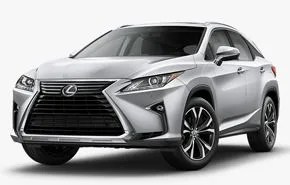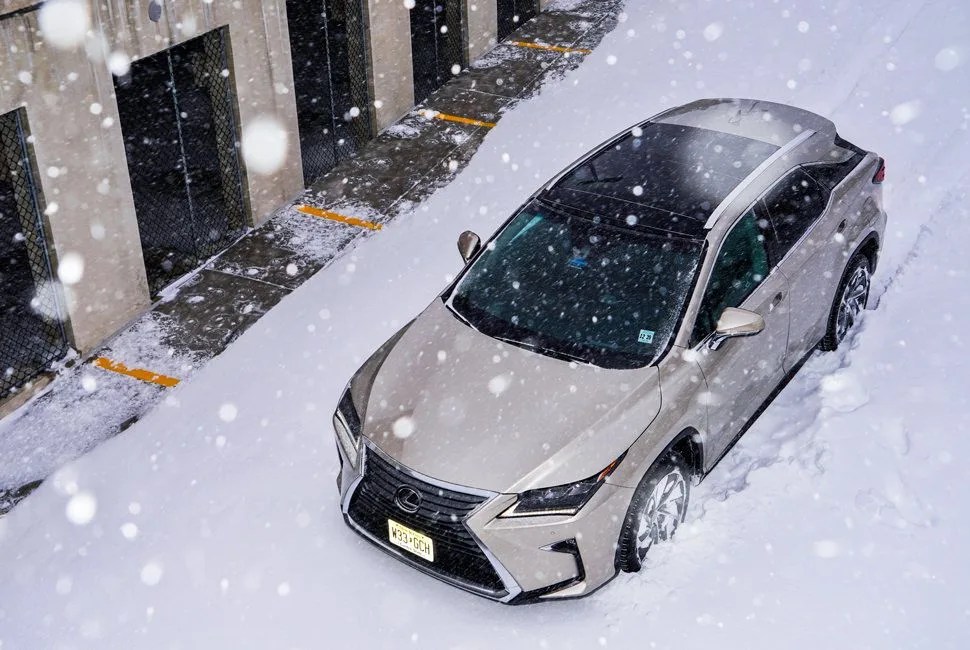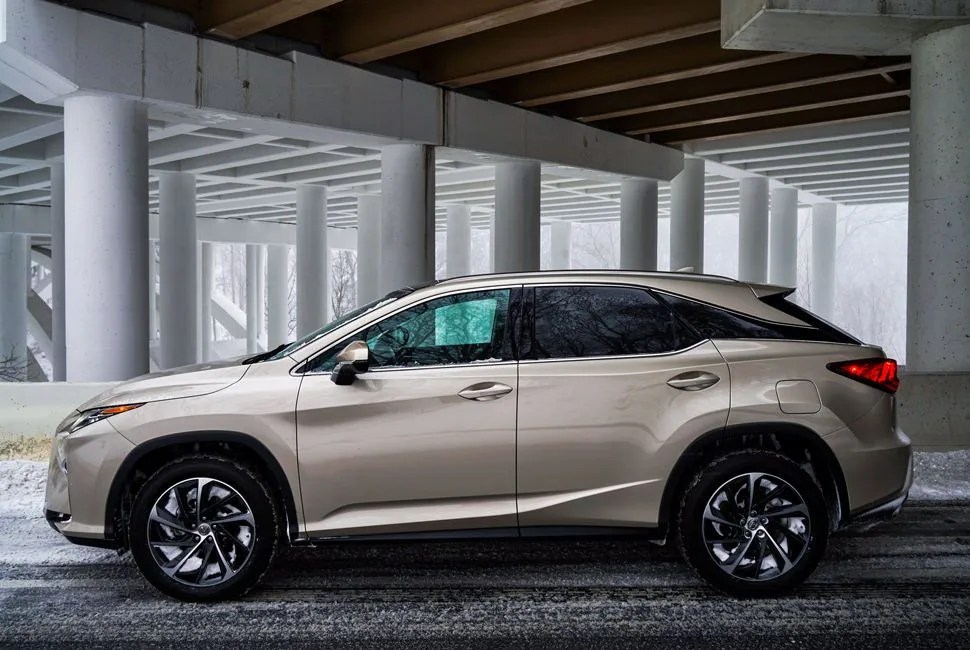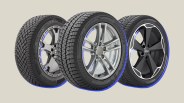3 photos
Winter Storm Jonas arrived last weekend with a degree of fury that caught most of the East Coast by surprise. When big snowstorms strike, I usually hunker down inside with booze, a fire, mountains of consumer electronics, and my lovely wife and daughters. I’m a big believer that if the weather is treacherous, you stay inside. Otherwise, you’ll only get in the way of road crews, overconfident psychos in Jeeps, and front-drive zealots who think their ’96 Hyundai Excels can handle two feet of snow.
This morning, though, a temporary visitor beckoned from the garage: the new Lexus RX 350 SUV, complete with all-wheel-drive. I decided to go out and play with it, just to see how the most mainstream of SUVs — and by extension other similar current SUVs — can manage truly treacherous conditions.
First, a few words about tires. Every year, the automotive press publishes articles extolling the life- (and sanity-) saving virtues of snow tires, and admonishing readers to swap out their factory rubber at the beginning of winter and then revert back to the original-equipment tires when spring finally rears its head. Correct snow tires are engineered to dig into snow more effectively and even grip it in their precision-cut sipes and treads to generate a little snow-on-snow friction. They’re also made of a more pliable rubber that stays flexible in colder temperatures, generating more grip than summer or all-season tires that harden when the temperature drops.
Do people do this, though? No. Swapping tires is inconvenient, they’ll tell you. The stacks of rubber (two if you’re a two-vehicle household) take up room in the garage. Plus, it’s expensive to buy extra tires — even though using winter tires obviously extends the life of your all-seasons, which sit shelved for three of four months. So few average consumers will keep a set of winter tires handy and actually put them on their cars when December rolls around. Instead, they take the term “all-season tire” at face value, and assume the tires will do just fine all year. After all, they’re not rally drivers, right?
2016 Lexus RX 350 Specs





